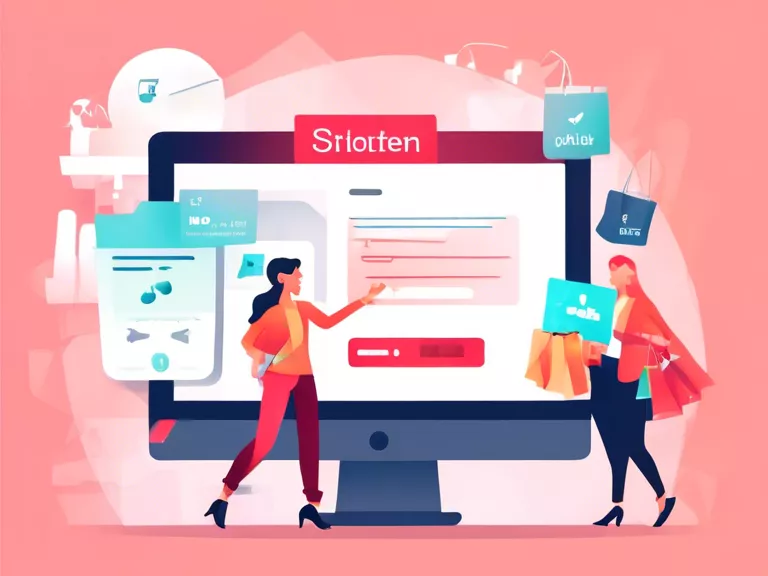
How to Use Customer Data to Personalize the E-commerce Shopping Experience
In today's competitive e-commerce landscape, personalization is key to standing out and retaining customers. By leveraging customer data, online retailers can create a customized shopping experience that caters to the individual preferences and needs of each shopper. This not only increases customer satisfaction but also boosts sales and fosters brand loyalty. Here are some tips on how to use customer data to personalize the e-commerce shopping experience:
1. Collect Relevant Data:
Start by collecting data from your customers through various touchpoints such as website interactions, email sign-ups, purchase history, and social media engagement. This data can include browsing behavior, demographics, past purchases, and preferences.
2. Analyze and Segment Data:
Once you have collected data, analyze it to gain insights into customer behavior and preferences. Segment your customers based on common characteristics such as age, location, purchase frequency, and interests. This will help you create personalized shopping experiences for each segment.
3. Personalize Product Recommendations:
Use customer data to personalize product recommendations on your website. Show customers products related to their past purchases, browsing history, or wishlist items. This can increase the likelihood of customers making a purchase and improve their overall shopping experience.
4. Tailor Marketing Communications:
Personalize your marketing communications based on customer data. Send targeted emails with product recommendations, promotions, and personalized offers. Use the customer's name in the email subject line or content to create a sense of familiarity and increase engagement.
5. Implement Dynamic Pricing:
Consider implementing dynamic pricing based on customer data. Offer discounts or personalized pricing for loyal customers, frequent shoppers, or customers who have abandoned their shopping carts. This can incentivize customers to complete their purchases and increase customer retention.
By leveraging customer data to personalize the e-commerce shopping experience, online retailers can create a personalized and engaging shopping experience that drives sales and fosters customer loyalty.



